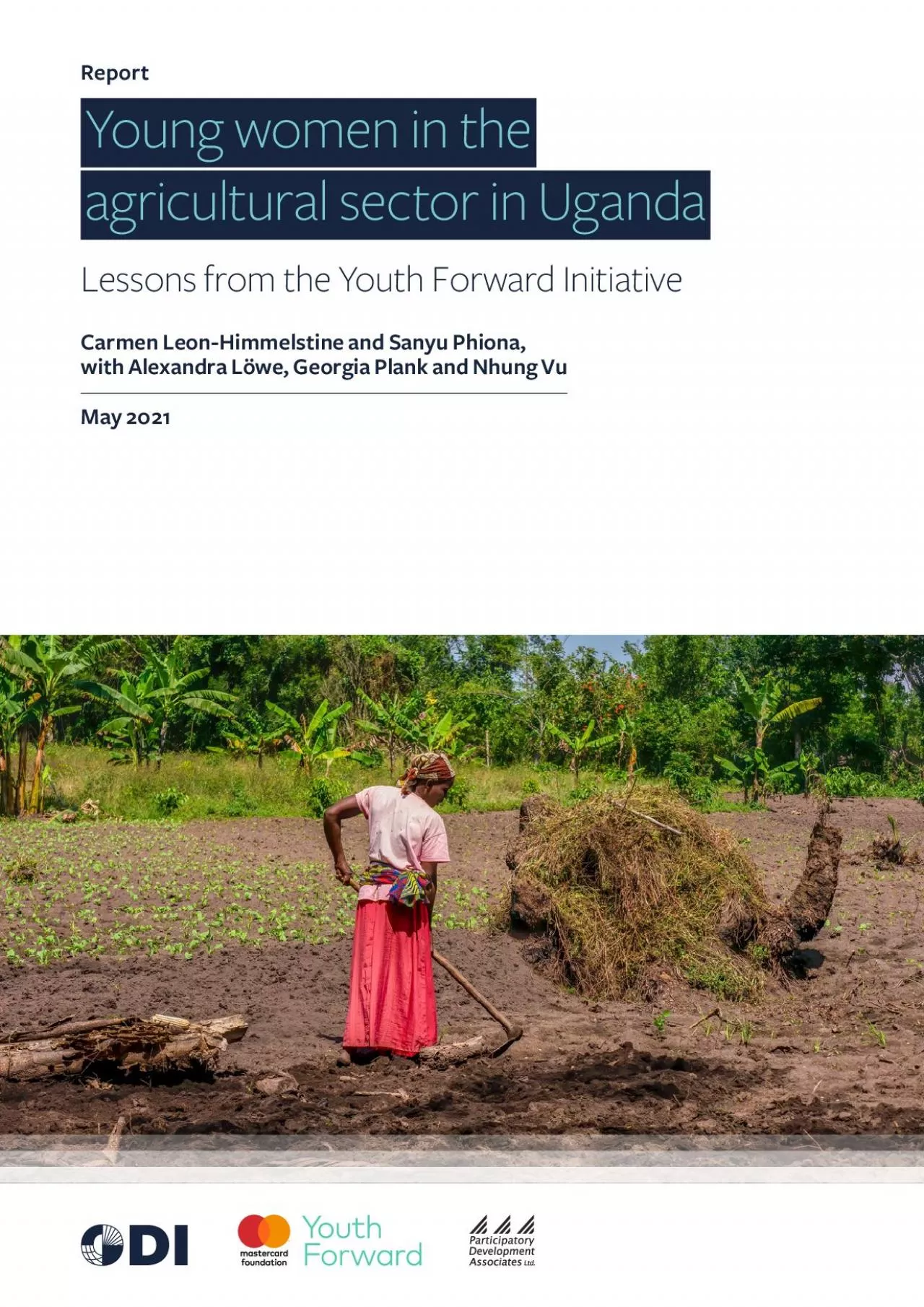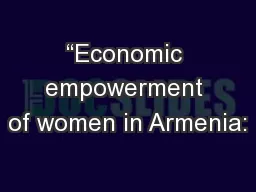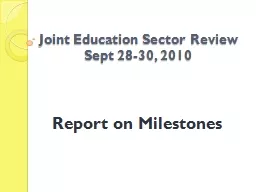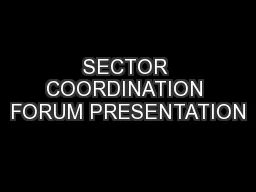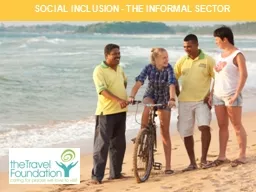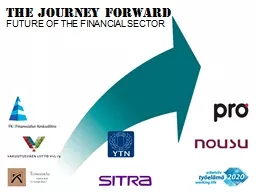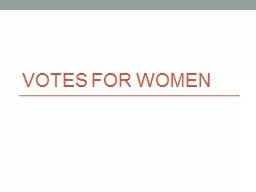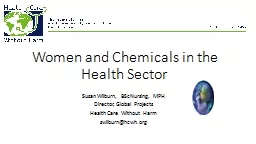PDF-31Young women in the3131agricultural sector in Uganda31Lessons from th
Author : osullivan | Published Date : 2021-08-10
ReportReaders are encouraged to reproduce material for their own publications as long as they are not being sold commercially ODI requests due acknowledgement and
Presentation Embed Code
Download Presentation
Download Presentation The PPT/PDF document "31Young women in the3131agricultural sec..." is the property of its rightful owner. Permission is granted to download and print the materials on this website for personal, non-commercial use only, and to display it on your personal computer provided you do not modify the materials and that you retain all copyright notices contained in the materials. By downloading content from our website, you accept the terms of this agreement.
31Young women in the3131agricultural sector in Uganda31Lessons from th: Transcript
Download Rules Of Document
"31Young women in the3131agricultural sector in Uganda31Lessons from th"The content belongs to its owner. You may download and print it for personal use, without modification, and keep all copyright notices. By downloading, you agree to these terms.
Related Documents

